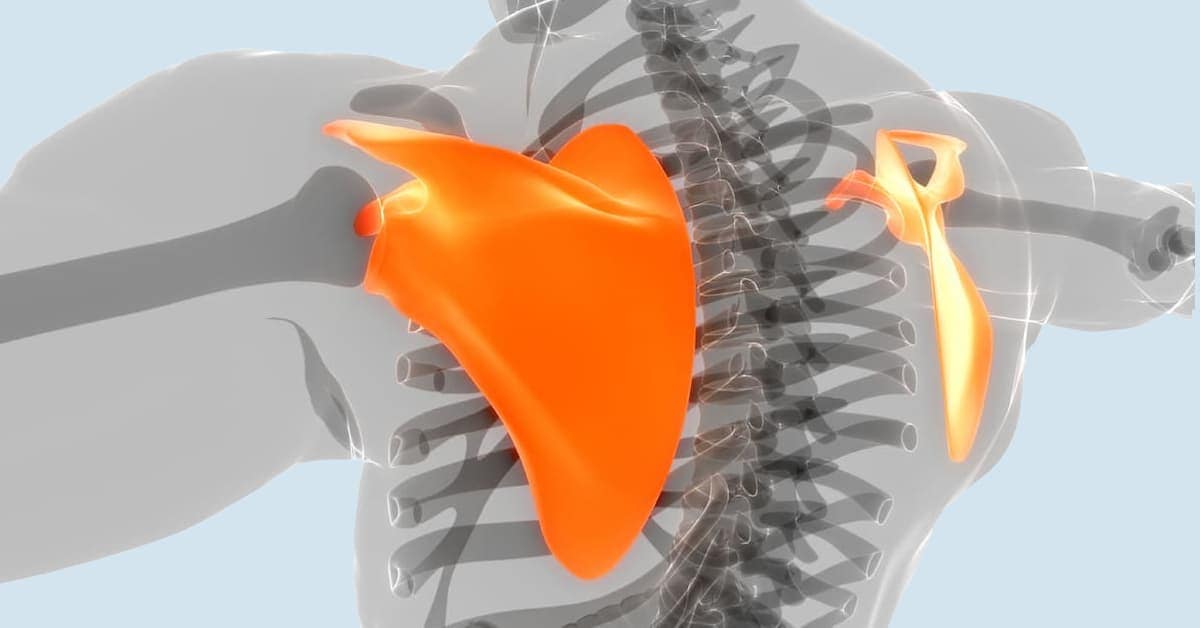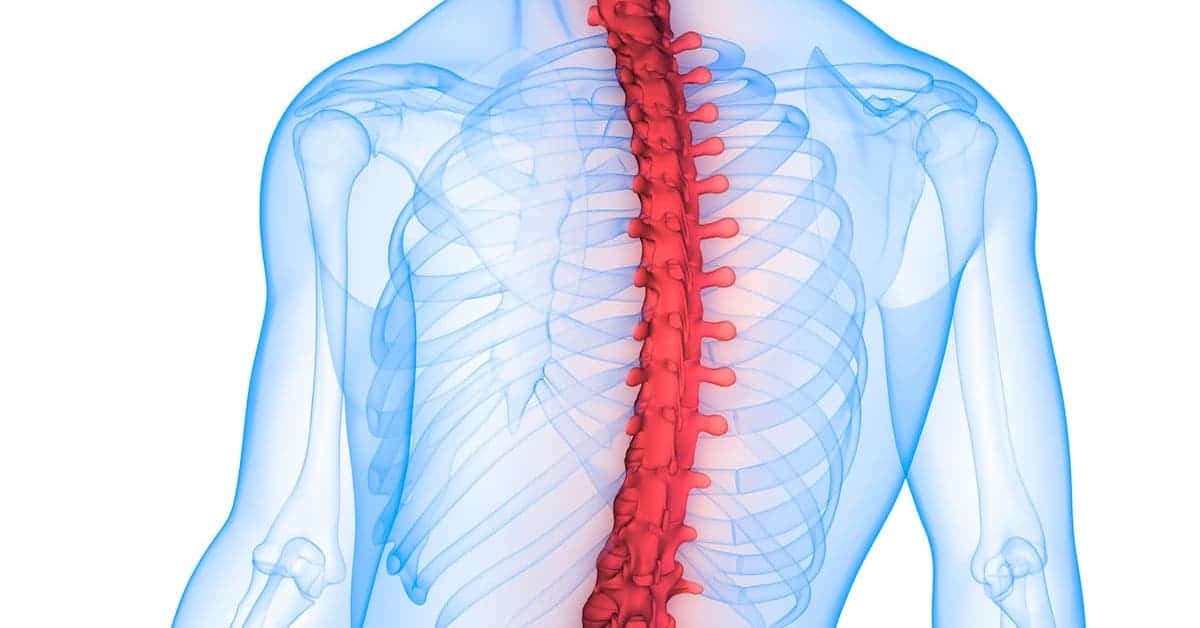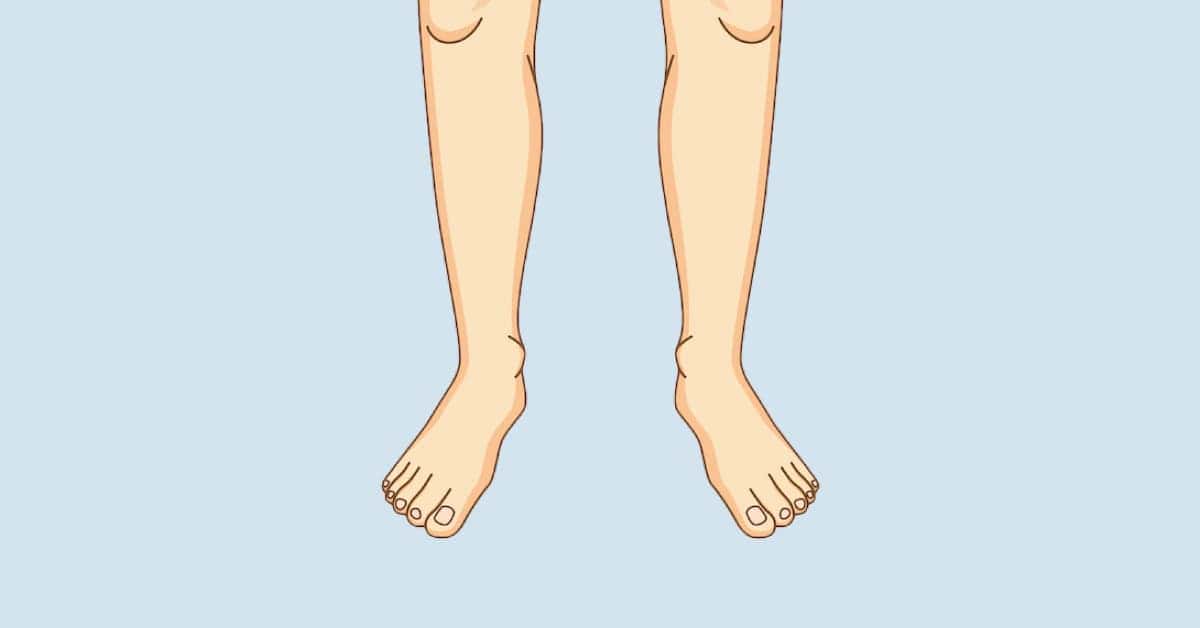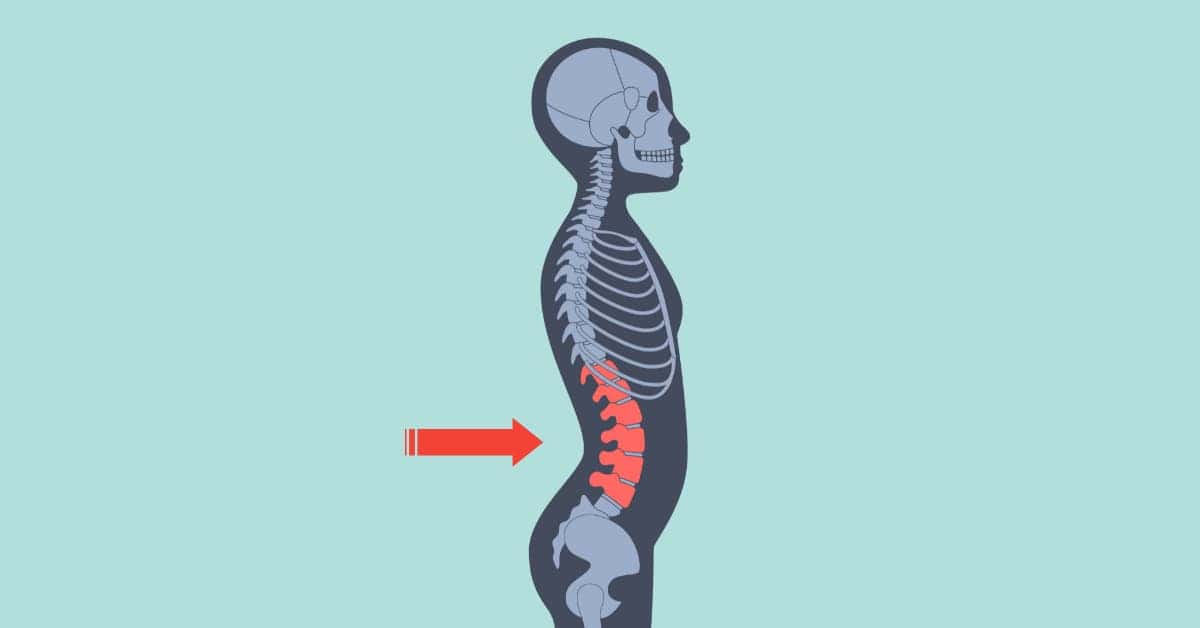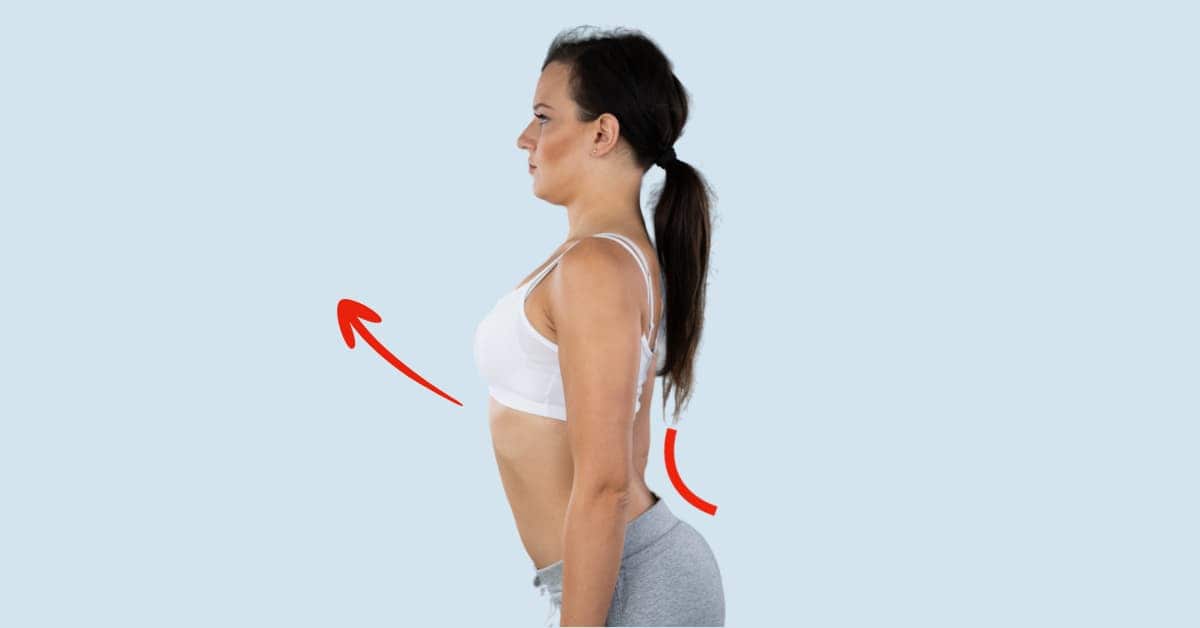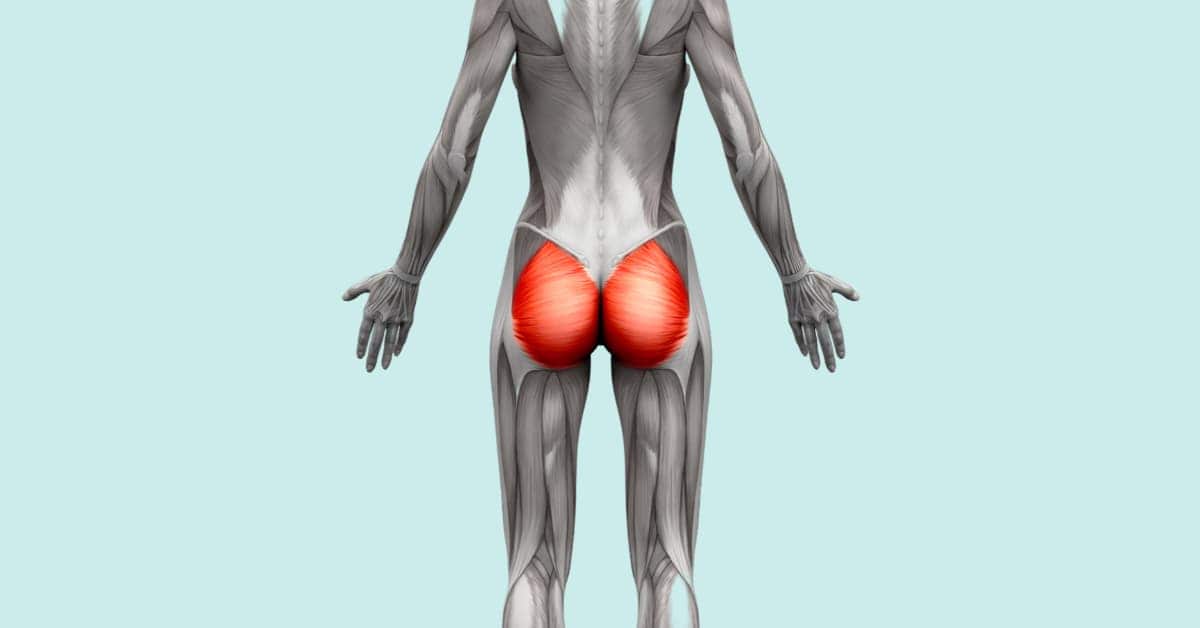Scapular winging is a condition that, if left unaddressed, can lead to discomfort and reduced shoulder function. In this article, we will explore the causes of scapular winging and provide a comprehensive guide on how to fix it.
We’ll cover the importance of stretching and strengthening the muscles responsible for stabilizing the shoulder blade. Following these steps can regain proper shoulder function and prevent future issues.
I. Definition and Symptoms of Scapula Winging
Scapular winging occurs when the shoulder blade, or scapula, protrudes from the back in an abnormal position instead of lying flat against the ribcage. This can cause the shoulder blade to stick out, resulting in an uneven appearance and reduced shoulder function.
Scapular winging can cause pain and discomfort in your shoulder blade and the surrounding area. You may also experience weakness, reduced range of motion, and difficulty raising your arm above your shoulder. The symptoms can vary depending on the cause and which muscles and nerves are affected.
II. Causes of Scapular Winging
A. Muscle imbalances
Imbalances between the muscles responsible for stabilizing the shoulder blade can lead to scapula winging. The serratus anterior plays a crucial role in stabilizing the scapula. When the serratus anterior is weak, it cannot properly anchor the scapula to the ribcage, causing the scapula to wing.
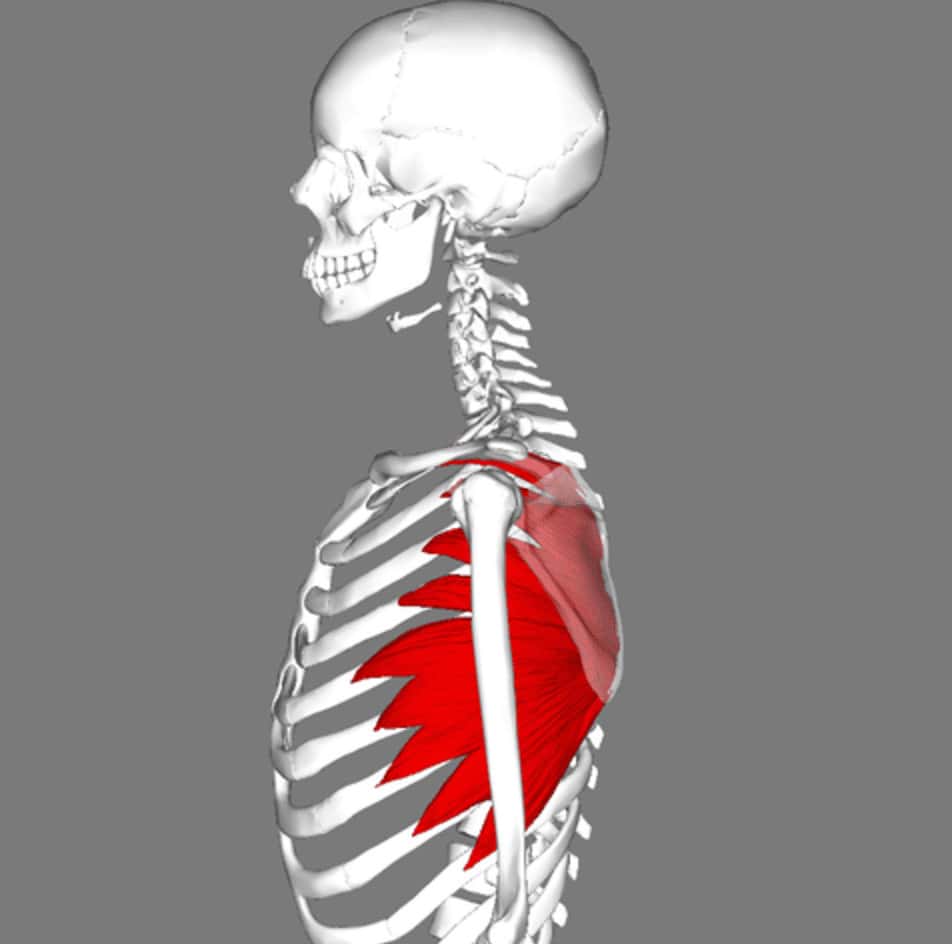
Normally, this muscle attaches to the scapula and pulls it tightly against the ribs. But if the muscle is weak or not functioning properly, the scapula can float off the rib cage, resulting in a protruding shoulder blade and reduced control over the shoulder.
Additionally, tightness in certain muscles around the scapula can inhibit the function of the serratus anterior.
B. Nerve issues
Scapular winging can also be caused by nerve damage. The long thoracic nerve, which supplies the serratus anterior muscle, may become damaged or compressed due to injury or inflammation, leading to weakness or paralysis of the muscle and resulting in scapula winging [1].
If you suspect that nerve damage might be the cause of your scapular winging, or if you experience significant pain, it’s essential to consult a healthcare professional or a specialist for a proper evaluation and treatment plan.
III. A Comprehensive Approach to Fix Winged Scapula
Following a structured plan is essential to effectively address and fix winged scapula caused by muscle imbalances. Here’s an overview of the approach we’ll be taking in this article:
- Stretching tight muscles: Tight muscles around the shoulder can inhibit the serratus anterior from functioning optimally, leading to scapular winging. We’ll perform targeted stretches for the pec minor, rhomboids, and levator scapula muscles to alleviate tightness and improve shoulder mobility.
- Strengthening the serratus anterior: The primary focus of our plan is to strengthen the weak serratus anterior muscle, which plays a crucial role in stabilizing the scapula. Strengthening the serratus anterior will cause the muscle to tighten up and pull the scapula back into place.
By following this plan, you’ll be well on your way to addressing the underlying causes of winged scapula and improving your shoulder health. Let’s dive into the specific stretches and exercises that will help you achieve this goal.
IV. Stretching Muscles That Inhibit the Serratus Anterior
In this section, we will focus on stretching the muscles that may inhibit the serratus anterior from functioning optimally.
By releasing tightness in the pectoralis minor, rhomboids, and levator scapulae, we can improve the activation and function of the serratus anterior.
A. Pectoralis minor stretch
- Stand in a doorway with your elbow bent at a 90-degree angle and your forearm resting on the doorframe.
- Step forward with one foot, keeping your chest up and your shoulders down.
- Lean into the stretch until you feel a gentle pull in the chest muscles.
- Hold for 30 seconds, then switch sides.
B. Rhomboid stretch
- Stand with your feet shoulder-width apart.
- Extend your arms in front of you, interlocking your fingers.
- Push your arms forward and round your upper back, feeling a stretch between your shoulder blades.
- Hold for 30 seconds, then release.
C. Levator scapula stretch
- Sit on a chair with your feet flat on the ground.
- Grasp the bottom of the chair with one hand.
- Tilt your head to the opposite side, bringing your ear toward your shoulder.
- Rotate your head slightly, so you are looking at the inside of your elbow.
- Hold for 30 seconds, then switch sides.
V. Strengthening the Serratus Anterior
Now that we’ve stretched the muscles that can inhibit the serratus anterior, it’s time to focus on strengthening the serratus anterior itself.
A. Scapula push-up
- Begin in a plank position, with your arms extended and your hands shoulder-width apart.
- Keep your core engaged and your body in a straight line.
- Lower your chest toward the ground by retracting your shoulder blades while keeping your arms straight.
- Push your chest back up by protracting your shoulder blades.
- Perform three sets of 10-15 repetitions.
Banded shoulder protraction
- Stand with a resistance band wrapped around your back and hold the ends in both hands.
- Keep your arms extended and your elbows slightly bent.
- Protract your shoulder blades, pushing your hands forward.
- Retract your shoulder blades, bringing your hands back to the starting position.
- Perform three sets of 10-15 repetitions.
Lying dumbbell scapular protraction
- Lie on your back with a dumbbell in each hand.
- Extend your arms toward the ceiling with your palms facing each other.
- Protract your shoulder blades, lifting the dumbbells slightly toward the ceiling.
- Slowly lower the dumbbells back to the starting position.
- Perform three sets of 10-15 repetitions.
Dumbbell pullover
- Lie on a bench with a dumbbell in both hands, holding it by the ends.
- Extend your arms overhead, with your palms facing each other.
- Lower the dumbbell behind your head, keeping your arms extended.
- Engage your serratus anterior to raise the dumbbell back to the starting position.
- Perform three sets of 10-15 repetitions.
V. Tips for Preventing and Addressing Scapular Winging
Here are some additional tips to help you prevent and address scapula winging effectively:
- Remember that consistency is key; performing the exercises regularly is crucial to see noticeable results in correcting scapular winging.
- Develop a strong mind-muscle connection with your anterior serratus to enhance exercise activation.
- Perform myofascial release on the tight muscles that may inhibit the serratus anterior in addition to stretching them. This can help break up any chronic tightness in these muscles.
- Maintain good posture throughout the day, especially when sitting for long periods.
- Incorporate regular breaks into your day to stand up, move around, and stretch.
- Keep in mind that individuals with scapular winging often have a hunchback posture, so addressing this issue alongside the exercises in this article is essential for comprehensive improvement.
- Consult a healthcare professional or physical therapist for personalized advice and guidance if you have persistent or severe scapula winging.
Scapular Winging: The Takeaway
Scapula winging can be a significant source of discomfort and dysfunction in the shoulder joint. By understanding the causes of this condition, such as weak serratus anterior and tight surrounding muscles, you can take the necessary steps to correct it.
Incorporating targeted stretches and strengthening exercises into your routine and following the tips provided in this article can help you address scapula winging and improve your overall shoulder health. Remember to consult a healthcare professional for personalized advice if you experience persistent or severe scapula winging.
